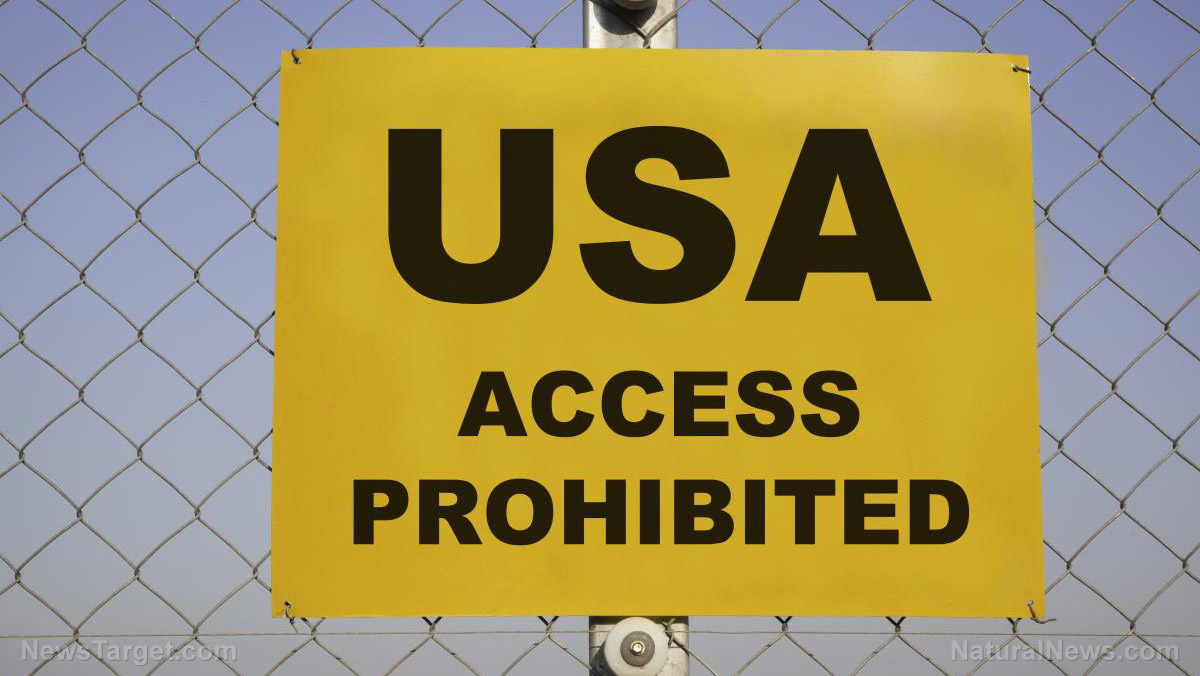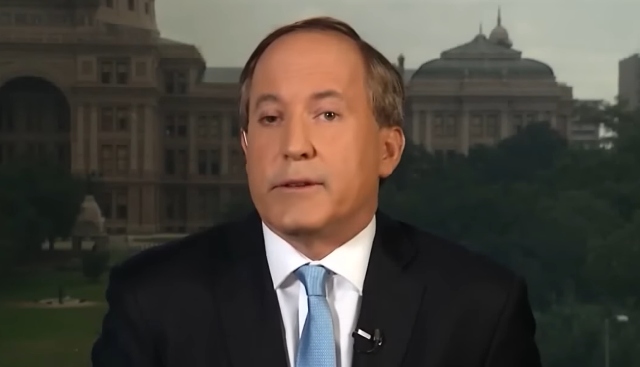Constitutionally speaking, Texas is legally allowed to wage war against the federal government to protect itself from imminent, open-border invasions
01/29/2024 / By Ethan Huff

In a move that shocked many, the typically conservative-leaning Supreme Court has sided with the Biden regime in allowing federal agents to dismantle razor wire that Texas put up along a stretch of the U.S.-Mexico border near Eagle Pass.
Republican Gov. Greg Abbott had ordered the razor wire to be installed along the banks of the Rio Grande to help deter illegal migrants from charging through unabated. The highest court in the land, however, says the razor wire needs to go because it is interfering with Border Patrol’s ability to reach migrants as they attempt to cross the river.
A pending lawsuit seeks to challenge this ruling, but for the time being, Texas will have to abide by federal immigration law, no matter how poorly the state feels that D.C. is handling the matter.
In a tight 5-4 vote, Chief Justice John Roberts and Justice Amy Coney Barrett sided with the Supreme Court’s three liberal justices in supporting the Biden regime’s position that Texas must concede to the feds on this matter and let Border Patrol handle the migrant crisis its own way.
“This is not over,” Gov. Abbott tweeted on X (formerly Twitter). “Texas’ razor wire is an effective deterrent to the illegal crossings Biden encourages. I will continue to defend Texas’ constitutional authority to secure the border and prevent the Biden Admin from destroying our property.”
(Related: Unless Biden’s “whole-of-government” dictatorial regime is disbanded, America will never again see a constitutional balance of power.)
Article I, Section 10 of the Constitution allows states to “engage in war” if “in such imminent Danger as will not admit of delay”
Concerning the pending lawsuit, the argument being made contends that Article I, Section 10, Clause 3 of the United States Constitution supports Gov. Abbott’s position that Texas has a right to defend itself against the ongoing border invasion.
“No State shall, without the Consent of Congress … engage in War, unless actually invaded, or in such imminent Danger as will not admit of delay,” the clause reads.
This clause is further backed by a statement made by the late James Madison in a speech at the Virginia Ratifying Convention on June 16, 1788.
“As each state will expect to be attacked and wish to guard against it, each will retain its own militia for its own defense.”
In essence, the argument contends that Texas is both being invaded and is in imminent danger if nothing is done about it. If the courts end up agreeing, things could change again as Texas asserts its constitutional authority to protect its own borders, even if D.C. disagrees.
“Given the number of ‘immigrants’ and their age and gender (young adult, male), Governor Abbott and AG Paxton could make a very compelling argument that the conditions of invasion and imminent danger are clearly present along the southern border,” writes Joe Wolverton, II, J.D., for The New American.
“The first question, then, for applying this clause to the case of Texas and the crisis at the border with Mexico is: Is Texas being invaded? If not, then the inquiry turns to: Has the influx of undocumented adult males into Texas risen to the level that a reasonable person would consider the danger so imminent as to preclude any delay, such as that of recurring to Congress for help?”
In other words, even if it cannot be successfully argued that Texas is currently being “invaded,” as the term would have been understood and intended by the founders, it could still be argued that Texas is in imminent danger from an invasion, allowing it to override the feds on how to protect itself.
The latest news about the showdown between Texas and the Biden regime over the southern border can be found at InvasionUSA.news.
Sources for this article include:
Submit a correction >>
Tagged Under:
big government, Border Patrol, border security, federal government, great texan, illegal immigration, invasion, invasion usa, migrants, Open border, Open Borders, southern border, Texas
This article may contain statements that reflect the opinion of the author
RECENT NEWS & ARTICLES
COPYRIGHT © 2017 GREATERTEXAN.COM
All content posted on this site is protected under Free Speech. GreaterTexan.com is not responsible for content written by contributing authors. The information on this site is provided for educational and entertainment purposes only. It is not intended as a substitute for professional advice of any kind. GreaterTexan.com assumes no responsibility for the use or misuse of this material. All trademarks, registered trademarks and service marks mentioned on this site are the property of their respective owners.

















